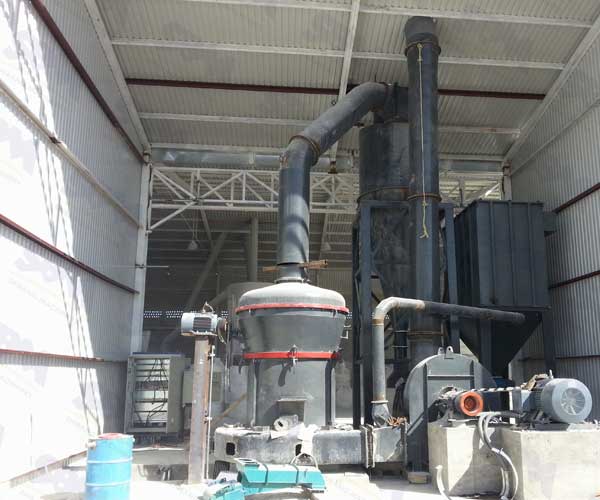
Mica powder is a fine powder made from mica, a silicate mineral that forms in thin sheets. Mica powder is made by grinding mica flakes, which are then sieved to obtain the desired particle size. The size of the particles can range from a few microns to several millimeters, depending on the intended application.
24 Online Service
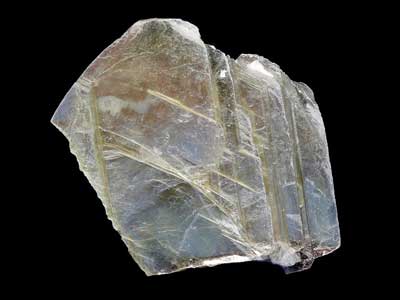
Mica is a naturally occurring mineral that can be found in many places around the world. Mica ore refers to the raw material that contains mica, which is usually extracted from underground mines or quarries. Mica ore can come in different forms, including muscovite, phlogopite, biotite, and lepidolite.
Mica is known for its unique properties, such as its ability to resist heat and electricity, its transparency, and its flexibility. These properties make it a valuable material in various industries, including electronics, cosmetics, construction, and automotive.
In its raw form, mica ore is typically sorted and processed to remove impurities before it is used in manufacturing. The processing method depends on the type of mica and the intended application, but it usually involves crushing, grinding, and sometimes separating the mica from other minerals.
Mica is known for its unique physical properties, such as its ability to withstand high temperatures, its electrical insulation properties, and its ability to split into thin, flexible sheets.
The process of extracting mica from its ore involves a series of steps, including mining, crushing, and processing.
Crushing is the first step in the process of extracting mica from its ore. The ore is crushed into small pieces, which are then ground into a fine powder. This powder is then used in various industries, depending on its quality and properties.
The crushing process of mica ore is a crucial step in the extraction process, as it determines the quality and purity of the final product. The crushing process involves several stages, each of which plays a vital role in the extraction process.
The first stage of the crushing process is the primary crushing stage. In this stage, the mica ore is crushed into smaller pieces, which are then fed into a jaw crusher. The jaw crusher is a machine that uses a stationary plate and a moving plate to crush the ore. The moving plate applies pressure to the ore, crushing it against the stationary plate. This process reduces the size of the ore particles and prepares them for the next stage of the process.
The next stage in the crushing process is the secondary crushing stage. In this stage, the crushed mica ore is further reduced in size, using a cone crusher or an impact crusher. The cone crusher uses a rotating mantle that gyrates within a concave bowl to crush the ore, while the impact crusher uses a rotor that spins rapidly, striking the ore with a high-speed hammer. Both types of crushers can produce a finer product than the jaw crusher, and are therefore used in the secondary crushing stage to further reduce the size of the mica ore.
The final stage in the crushing process is the tertiary crushing stage. In this stage, the mica ore is reduced to its final size using a roll crusher or a hammer mill. The roll crusher consists of two counter-rotating cylinders, which crush the ore between them. The hammer mill uses a series of hammers to crush the ore into a fine powder.
The crushing process of mica ore is a delicate process, and it is important to ensure that the ore is crushed to the right size to produce a high-quality product. The size of the crushed ore is critical, as it determines the amount of waste material that is produced, and the quality of the final product.
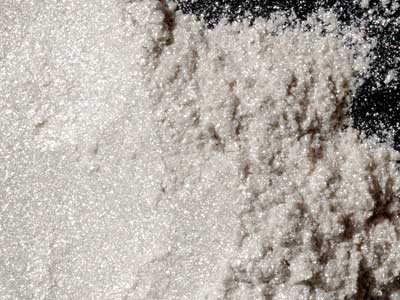
Mica powder comes in a wide range of colors, from natural shades of white, brown, and black to bright and vibrant hues. The color of mica powder is determined by the type of mica used and any pigments or dyes that are added during the manufacturing process.
Mica powder is made from mica flakes, which are mined from underground mines or quarries. The mining process typically involves blasting, drilling, and digging to extract the mica ore from the ground. Once the mica ore is extracted, it is transported to a processing facility where it is sorted, cleaned, and dried.
To make mica powder, the mica flakes are first crushed and ground into a fine powder using a grinder or mill. The resulting powder is then sieved to obtain the desired particle size. Any impurities or debris that are present in the mica flakes are removed during the grinding and sieving process.
The final step in the manufacturing process involves adding pigments or dyes to the mica powder to achieve the desired color. The pigments or dyes are mixed with the mica powder and then processed again to ensure that the color is evenly distributed throughout the powder.
Mica powder is a mineral-based powder that is widely used in various industries for its unique properties. It is a finely ground powder made from the mineral mica, which is a silicate mineral that occurs naturally in rocks and soil. Mica powder comes in a range of colors, including white, silver, gold, pink, green, and blue, and is used in various applications such as cosmetics, paints, coatings, plastics, and electronics.
Cosmetics is one of the largest industries that use mica powder. It is commonly used as a colorant in makeup products such as eyeshadows, blushes, and lipsticks. Mica powder adds a glittery or shimmery effect to these products, making them visually appealing. It is also used in the production of other cosmetic products such as nail polishes, hair products, and body lotions. Mica powder is a popular choice in the cosmetic industry because it is natural, non-toxic, and hypoallergenic.
Mica powder is also used in the paint and coatings industry. It is added to paints to improve their durability, water resistance, and weather resistance. Mica powder is often used in exterior paints and coatings because of its ability to resist fading and weathering. It is also used in automotive coatings to improve the appearance of the vehicle and protect it from environmental factors.
In the plastics industry, mica powder is used as a filler to improve the mechanical and physical properties of plastics. It is added to plastics to enhance their strength, stiffness, and heat resistance. Mica-filled plastics are commonly used in the production of electronic devices, appliances, and automotive components.
Mica powder is also used in the electronics industry. It is used as an insulator in electronic devices such as capacitors, and as a substrate for thin film deposition. Mica’s high dielectric strength and low loss tangent make it an ideal material for use in electronic devices.
In addition to its functional properties, mica powder is also valued for its aesthetic properties. It is often used in art and craft projects to add texture, sparkle, and shine. Mica powder can be mixed with various mediums such as paint, glue, or resin to create a wide range of artistic effects.
Mica powder is obtained by grinding mica flakes, which are the natural form of mica. Mica flakes are mined from various sources around the world, including India, China, Russia, Brazil, and the United States. The mica flakes are then ground into a fine powder using various grinding techniques, such as dry grinding, wet grinding, and micronization.
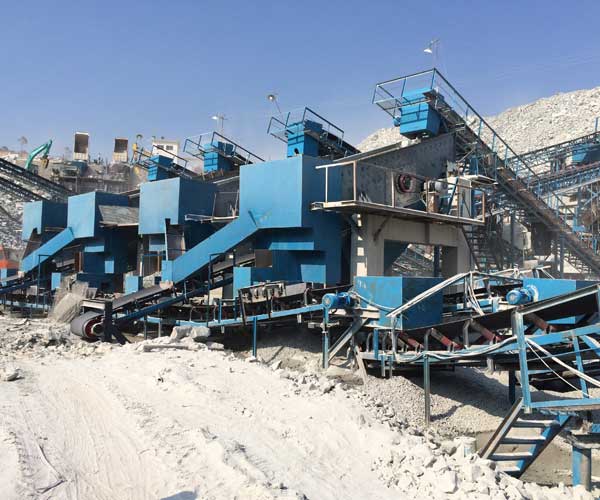
The process of producing mica powder begins with mining the mineral from the earth. Mica is typically found in deposits that are formed by the crystallization of magma deep within the earth’s crust. These deposits can be found in various locations around the world, including India, China, Brazil, and the United States.
The largest producers of mica are India, China, and the United States. Mica is usually mined from underground mines or quarries using traditional methods, such as blasting, drilling, and digging.
Once the mica ore is extracted, it is transported to a processing facility where it is sorted and cleaned. The sorting process involves separating the mica flakes from other minerals, such as quartz, feldspar, and iron oxide. The cleaning process involves washing the mica flakes to remove any impurities, such as dirt, clay, and organic matter.
After the mica flakes are cleaned, they are crushed and ground into a fine powder using a grinder or mill. The grinding process is critical in determining the quality and purity of the mica powder. It is essential to achieve the desired particle size, which can range from a few microns to several millimeters, depending on the intended application.
The mica powder is then sieved to remove any impurities or debris that may be present. The sieving process ensures that the mica powder is uniform in size and free from any contaminants. Any oversized particles are returned to the grinder or mill for further grinding.One of the most common methods of processing mica is through dry grinding. Dry grinding involves reducing the mica to a fine powder through the use of a mechanical mill. This process can be accomplished using a variety of equipment, including ball mills, hammer mills, and jet mills.
In the dry grinding process, the mica is fed into the mill and ground into a fine powder. The powder is then collected and stored in silos until it is ready to be packaged and shipped. Dry grinding is a highly efficient method of processing mica powder, as it allows for the production of a consistent particle size and shape.
Another method of processing mica powder is through wet grinding. Wet grinding involves the use of a liquid to break down the mica particles into a fine powder. This process can be accomplished using a variety of equipment, including ball mills, attrition mills, and fluid energy mills.
During the refining process, the mica powder is treated with chemicals to remove any remaining impurities, such as iron oxide or titanium dioxide. The refining process helps to improve the quality and purity of the mica powder, making it suitable for various applications.
Once the mica powder is refined, it can be colored to achieve the desired hue. Pigments or dyes are added to the mica powder, and the mixture is stirred or milled until the color is evenly distributed throughout the powder. The colored mica powder is then packaged and stored in airtight containers to prevent moisture and oxidation.
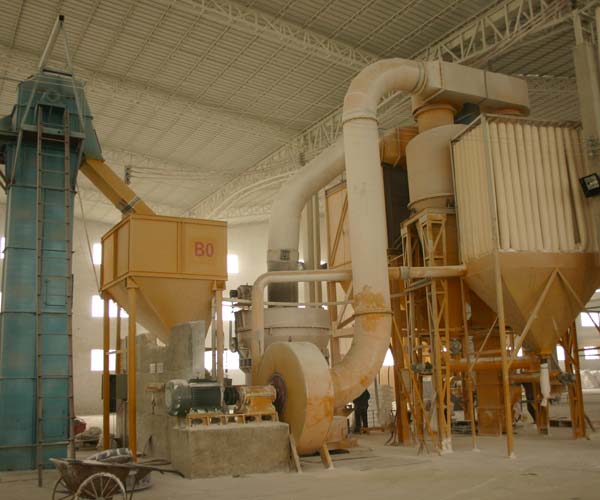
Mica powder is a versatile material used in a variety of industries, such as cosmetics, automotive, construction, and art. It is a finely ground form of mica that can come in a range of colors, from natural shades to bright and vibrant hues. While the process of making mica powder may seem complicated, it can actually be done at home with the right tools and materials. In this article, we will explore how to make mica powder step-by-step.
The first step in making mica powder is to collect mica flakes. Mica is a naturally occurring mineral that can be found in many parts of the world, such as India, China, and the United States. You can purchase mica flakes from specialty stores or online retailers that sell art supplies or cosmetic ingredients.
Alternatively, if you live in an area where mica is abundant, you can collect mica flakes yourself. Look for areas where mica is known to occur, such as quarries or mines. You can use a rock hammer or chisel to extract the mica flakes from the surrounding rock.
Once you have collected the mica flakes, you need to clean and sort them. This involves removing any dirt, dust, or other debris that may be present. To do this, place the mica flakes in a large bowl or bucket of water and swirl them around. The debris will settle to the bottom, and the clean mica flakes will float to the top.
After cleaning the mica flakes, you need to sort them by size. Use a sieve or strainer to separate the larger flakes from the smaller ones. This will ensure that the resulting mica powder is uniform in size.
The next step is to grind the mica flakes into a fine powder. You can use a mortar and pestle or a coffee grinder to do this. The finer the powder, the better the quality of the resulting mica powder.
If you are using a coffee grinder, be sure to clean it thoroughly before and after use to avoid contamination with other materials. You may also need to grind the mica flakes in batches to avoid overloading the grinder.
Once you have ground the mica flakes into a fine powder, you need to sieve the powder to remove any impurities or debris that may be present. You can use a fine-mesh sieve or strainer for this.
Hold the sieve over a clean bowl or container and gently tap it to shake the mica powder through the mesh. Any oversized particles or debris will be caught in the sieve, and the clean mica powder will pass through.
If you want to add color to your mica powder, you can do so by adding pigments or dyes. Mix the pigments or dyes with the mica powder until the color is evenly distributed.
Be careful not to add too much pigment or dye, as this can affect the quality and texture of the mica powder. A general rule of thumb is to use no more than 10% pigment or dye by weight.
Once you have made your mica powder, it is important to store it properly to avoid moisture and oxidation. Place the powder in an airtight container, such as a glass jar with a lid, and store it in a cool, dry place.
You can use your homemade mica powder in a variety of ways, such as in cosmetics, art, or crafts. Experiment with different colors and applications to see what works best for you.
To make mica powder, the mica flakes are first ground into a fine powder using a grinder or mill. Mica grinding machines are specialized equipment that are designed to grind mica flakes into a fine powder.
There are several types of mica grinding machines available in the market, each with its own unique features and benefits. Here are some of the most common types of mica grinding machines:
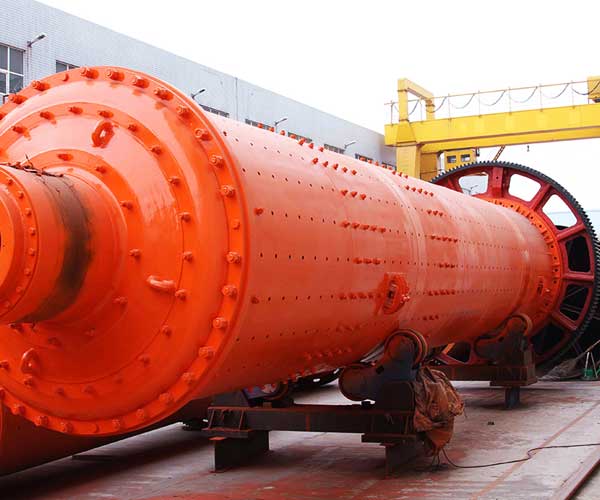
Ball Mill: A ball mill is a type of grinder used to grind and blend materials for use in mineral dressing processes, paints, pyrotechnics, ceramics, and selective laser sintering. A ball mill works by tumbling the mica flakes with a steel ball, which breaks the flakes into smaller particles.
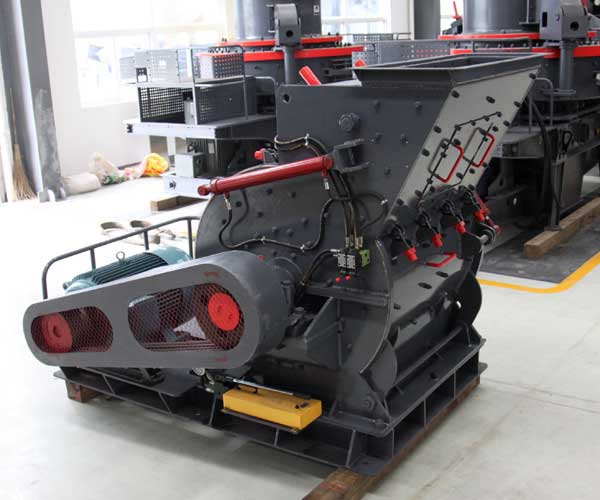
Hammer Mill: A hammer mill is a type of impact mill that uses a series of hammers to crush and grind materials. A hammer mill can be used to grind mica flakes into a fine powder, but it may produce a coarser particle size distribution than other types of mills.
Jet Mill: A jet mill is a type of fluid energy mill that uses high-speed jets of compressed air or steam to grind and disperse particles. A jet mill can be used to grind mica flakes into a fine powder with a narrow particle size distribution.
Vibratory Mill: A vibratory mill is a type of grinding equipment that uses vibratory motion to reduce the size of materials. A vibratory mill can be used to grind mica flakes into a fine powder with a narrow particle size distribution.
Mica grinding machines come in various sizes and configurations, depending on the specific application and production requirements. Here are some of the features that are commonly found in mica grinding machines:
Grinding Chamber: The grinding chamber is where the mica flakes are ground into a fine powder. The size and shape of the grinding chamber can affect the efficiency and performance of the machine.
Grinding Media: The grinding media are the materials that are used to grind the mica flakes. The type and size of the grinding media can affect the particle size distribution and quality of the mica powder.
Motor: The motor is the power source for the grinding machine. The size and power of the motor can affect the capacity and performance of the machine.
Control System: The control system is the interface between the operator and the machine. It allows the operator to adjust the speed, feed rate, and other parameters to optimize the grinding process.
Our Projects
Copyright © ZENITH, All Right Reserved.
